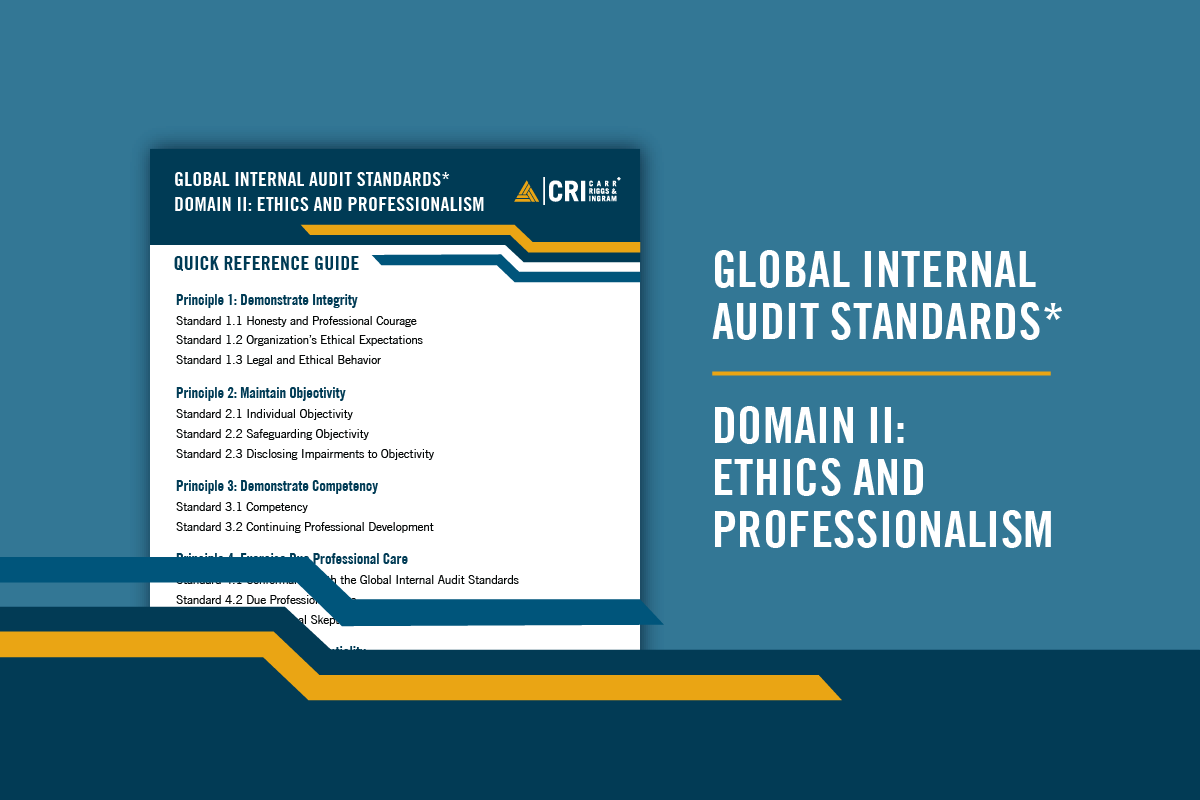ORSA Requirements Help Insure a Comprehensive Understanding of Risks and Solvency
- Contributors
- Joseph May
- Scott Bailey
Apr 19, 2023
The Own Risk and Solvency Assessment (ORSA) is a set of regulatory requirements for insurance companies promulgated by the National Association of Insurance Commissioners (NAIC). ORSA is designed to provide more transparency and reporting to regulators that insurers have a comprehensive understanding of their risks and solvency. NAIC’s goal in these requirements is to proactively identify areas of solvency risk to enable responsive action in avoiding potential solvency risks.
Meeting ORSA requires insurance companies to undertake a combination of activities that can be grouped into three broad categories:
- Risk assessment
- Capital assessment
- Reporting and disclosure
Risk Assessment
Insurance companies assess the risks they face, including underwriting, market, credit, operational, and other risks specific to their business. Doing so involves identifying, measuring, and prioritizing risk management activities. Insurance companies are then expected to determine how these risks can affect the insurer's solvency and respond as necessary.
Capital Assessment
With solvency being the primary concern for insurance regulators, insurance companies assess their capital adequacy in light of the risks they face. This involves calculating the amount of capital required to support the insurer's operations, taking into account the potential impact of adverse events on the insurer's financial position.
Reporting and Disclosure
As the ORSA reporting requirements are submitted to the boards of insurance regulating Insurance companies, significant attention should be paid to their preparation. These reports include details on the insurer’s risk management framework, the risk and capital assessment results, and any actions the insurer plans to take to address identified risks. Management of insurance companies need to feel confident that the information they provide to their regulatory bodies is sufficient and accurate in providing an appropriate picture of the risk exposures they face.
To carry out these activities, insurance companies typically leverage a range of tools and techniques, including risk modeling and stress testing, scenario analysis, and internal control systems. They also rely on various internal and external data sources, including historical claims, financial market, economic, and demographic data.
In addition to meeting ORSA requirements, insurance companies may also use the information gathered through ORSA to inform their strategic decision-making, improve their risk management practices, and enhance their overall performance. For example, insurers may use the risk assessment results to adjust their underwriting policies or investment strategies, or to identify new business opportunities.
Overall, meeting ORSA requirements can be a significant undertaking for insurance companies, as it requires a comprehensive understanding of the risks they face and the tools and techniques needed to manage those risks. When the time is right, contact CRI’s team of regulatory leaders, who stand ready to assist with any phase of your ORSA filing, and can help transform a compliance activity provided to regulators into a valuable tool for monitoring and achieving your company’s goals and objectives. By taking a proactive approach to ORSA, your insurance company can improve its overall performance and ensure long-term viability in an increasingly complex and competitive market.

















































































































































































































































































































































































































































































































































































